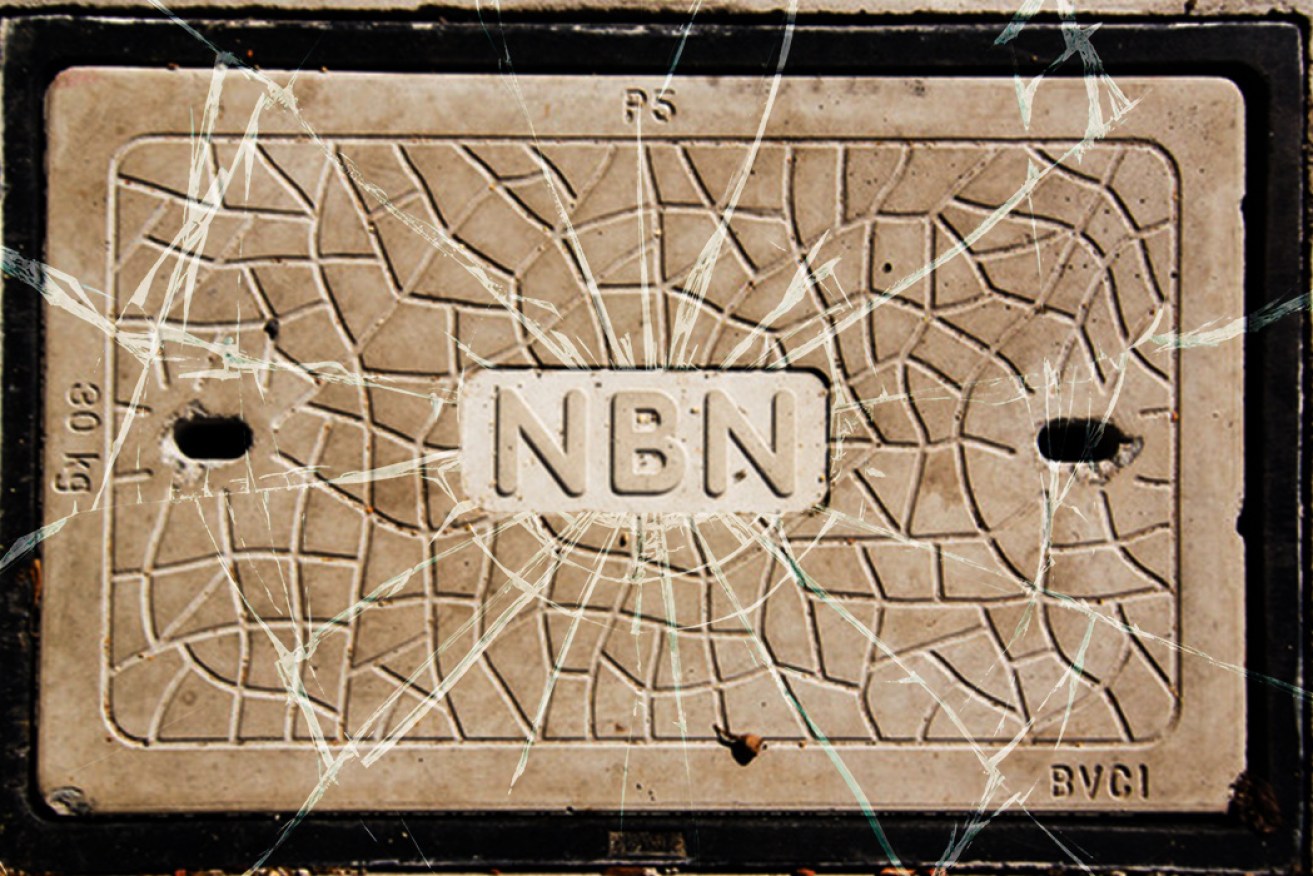‘The future is dire’: NBN’s problems will get worse as more people connect, experts warn


The yet-to-be-completed NBN is already showing major cracks. Photo: Getty
The national broadband network’s speed and reliability issues will only worsen as more households and businesses connect, experts have warned.
Dr Steven Conway, a senior lecturer in games and interactivity at Swinburne University of Technology, is scathing in his assessment of the $51 billion taxpayer-funded project.
“In a nutshell, the future is dire. In contemporary terms, it’s not great,” he told The New Daily.
Australians hoping to use high-definition, cloud-based streaming services such as the newly launched Apple Arcade, or Google’s forthcoming Stadia, will need to shell out for an “upper-tier” NBN plan “assuming that’s even possible in your area”, Dr Conway said.
FTTN v FTTP: Congestion time bomb
Under the Rudd Labor government’s plan, the NBN was to be a cutting-edge fibre-to-the-premises (FTTP) network, with fibre optic cable plugged directly into 93 per cent of premises by 2021.
When the Coalition government took control of the project, it chose to roll out a “multi-technology mix” of seven different types of connections of varying quality, with the NBN now slated for completion in 2020.
The most common of those types, fibre-to-the-node (FTTN), relies on old copper telephone wires to deliver internet to homes.
FTTN is a “a community shared service”, and its performance depends on how many people are using it, Dr Conway explained.
Fibre optic cable runs to a node or “box near a bunch of houses and then runs via copper wire to your house,” he said.
“You’re inherently sharing the bandwidth among all of the properties using it, rather than FTTP where you get it all to yourself.”
Dr Conway uses the analogy of a modern multi-lane highway versus an old dirt road to explain the difference between FTTP and FTTN.
FTTP is “like a super highway that lots of lanes of traffic can flow down” at high speeds without interruption, he said.
By contrast, FTTN is “like a country lane road. It’ll do the job, but if you have two or three cars on it you’re going to get problems”, he said.
“If everyone’s on it you’ll face severe limitations and hit congestion.”
Public confidence in the network remains low, with only 5.9 million homes and businesses using the service as of August, despite 10.2 million being ready to connect.
By next year, the NBN Co has promised to have 8.1 million homes and businesses using the service, with a further 11.7 million ready to connect.
Dr Conway said issues with the network will only be exacerbated as more users come online.
“At the moment the country lanes are not very full, nor are the highways, because the NBN is still rolling out to more properties,” he said.
“Give it two years and those lanes are going to be highly congested and the inherent limitations of copper and FTTN are going to rear their ugly heads.”
Speed bumps
Last week, the NBN Co unveiled proposed new plans that offer faster speeds, but one of the nation’s leading broadband experts warned consumers not to believe the hype.
Many consumers would see little improvement in the speed and reliability of their internet should they choose to upgrade to the pricier plans, RMIT University telecommunications and network engineering associate professor Mark Gregory told The New Daily.
Academics across Australia have warned that the mixed-technology NBN “lottery” is creating a digital divide among Australians.
In May, University of Sydney research showed that one in two households in Australia’s three biggest cities – Sydney, Melbourne and Brisbane – is being dudded with an inferior NBN connection.
In August, the consumer watchdog’s Measuring Broadband Australia report showed that 12.4 per cent of NBN consumers were experiencing speeds that rarely came close to reaching those they were paying for.
Most of those affected had FTTN connections and were paying for one of the two most expensive plans available: NBN50 or NBN100.
ACCC chair Rod Sims called for “more action from both NBN Co and retail service providers” to help “the more than one in 10 connections that simply do not perform to their plan speed”.








